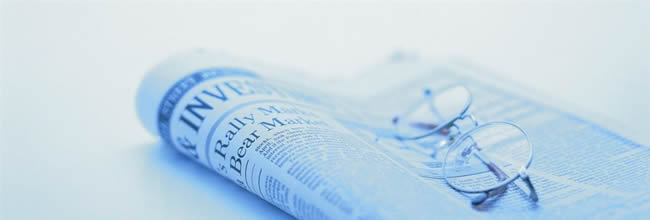 |
|
||||||
 |
Conversion Efficiency |
| Home > Knowledge Center > Knowledge of Crystals > Conversion Efficiency |
How does one select an NLO crystal for a frequency conversion process with a certain laser? The most important thing is to obtain high conversion efficiency. The conversion efficiency has the following relationship with effective nonlinear coefficient (deff), crystal length (L), input power density (P) and phase mismatching (Δk): η∝ PL(2)[d(eff) * sin(ΔkL)/ΔkL](2) In general, higher power density, longer crystal length, larger nonlinear coefficients and smaller phase mismatching will result in higher conversion efficiency. However, there is always some limitation coming from nonlinear crystals and lasers. For example, the deff is determined by the nonlinear crystal itself and the input power density has to be lower than the damage threshold of the crystal. Therefore, it is important to select the right crystal for your applications. The proceeding table lists the laser and crystal parameters for selecting right crystals: Parameters For NLO Crystal Selection
Crystal Acceptanc
Walk-Off
Group Velocity Mismatching For frequency conversion of ultrafast lasers such as Ti:Sapphire and Dye lasers with femtosecond (fs) pulse width, the main concern is the fs pulse broadening induced by group velocity mismatching (GVM) or group velocity dispersion of an NLO crystal. In order to keep the efficiency frequency conversion without significant pulse broadening, it is suggested that the thickness (LGVM) of the crystals is less than the Pulse Width divided by the GVM.
|
|||||||||||||||||||||

